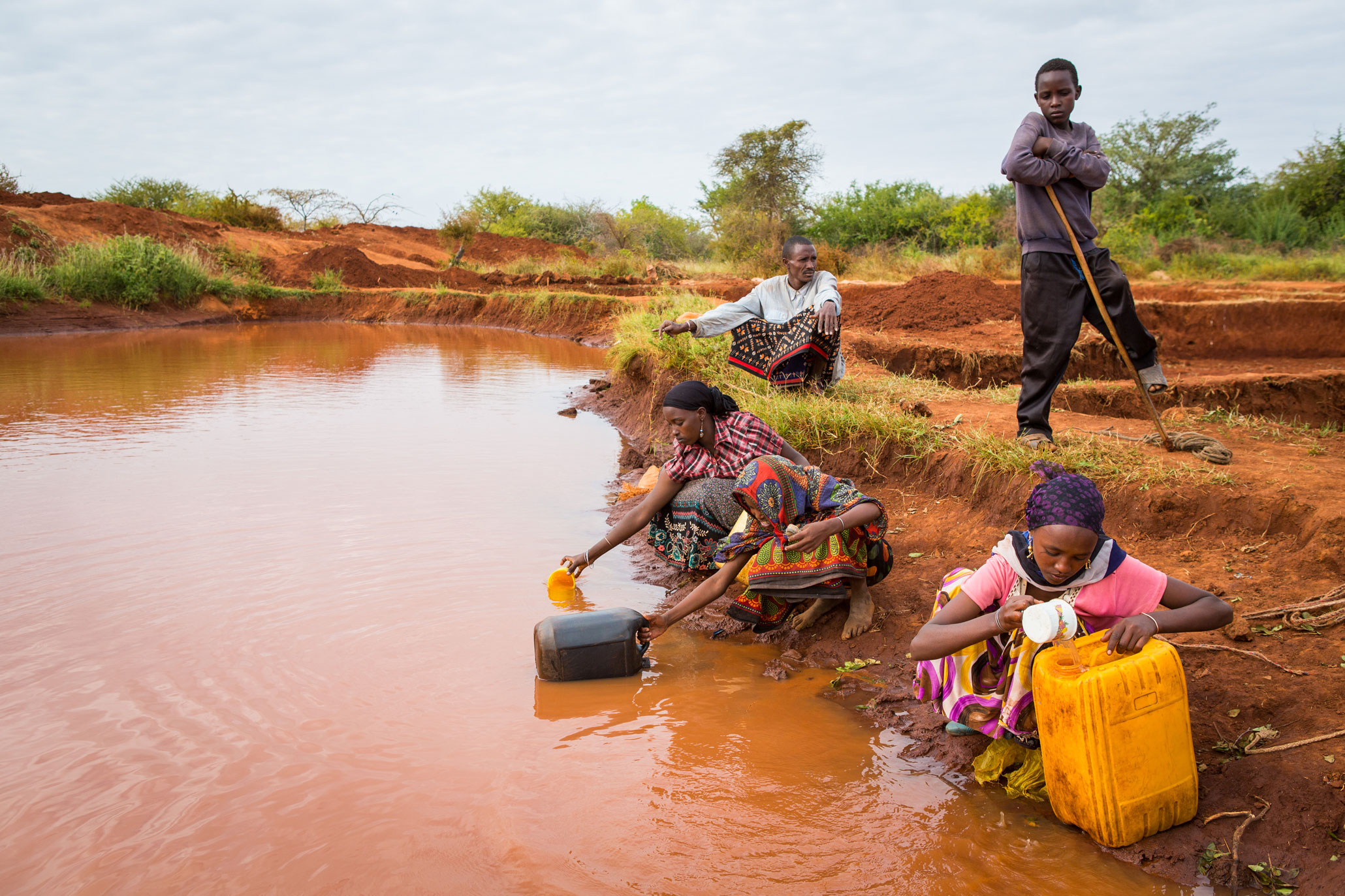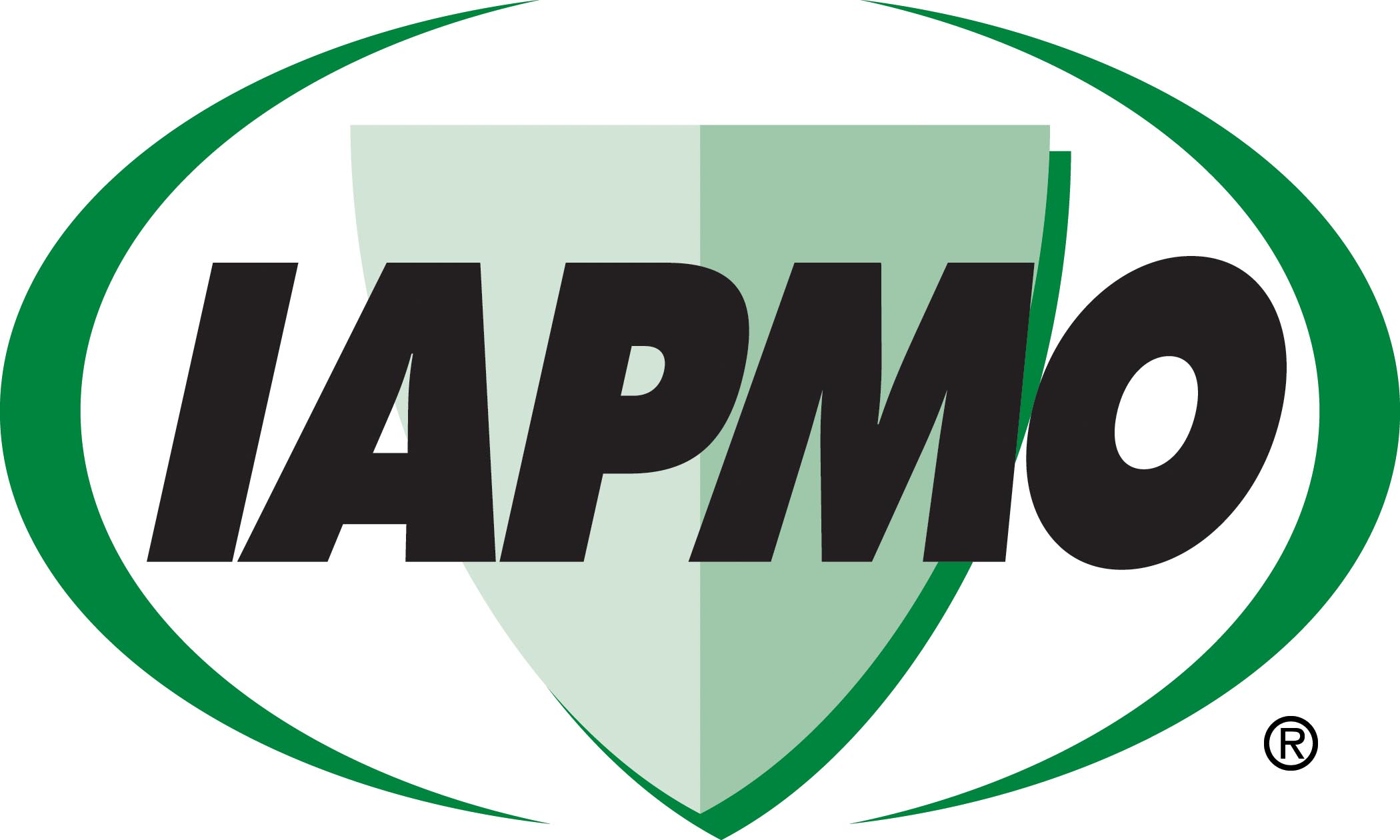

RUNNER-UP
2024 IWSH SCHOLARSHIP ESSAY COMPETITION
STELLA WANG
MARKVILLE SECONDARY SCHOOL
ONTARIO, CANADA
When I was 8 years old, my mother told me a story about a girl named Stella living in Ethiopia who fell seriously ill due to contaminated water and thirst. Although we shared the same name, she led a very different life than mine. I thought, how was it fair that she was any less deserving of this “luxury” than another human being? Separated by the great Atlantic, somehow still not enough water exists to reach our brothers and sisters from another continent. Stella from Ethiopia is only one of 2.1 billion humans around the globe who do not have this so-called dystopian “privilege,” and she could have easily been one of the 1,000 children who die every day because of water-borne disease. Access to water and sanitation should not be a privilege — it is a fundamental human right.
Water is essential to our survival — we can live weeks without food; however, a few days without water could be fatal. In the developed countries we live in, we do not think twice about using water generously in our daily routines such as running a bath, washing our hair, and household cooking. Yet, it is an alarming reality that for so many people worldwide, these activities we take for granted are simply an inaccessible wish. Water and sanitation determine the ease and probability of one’s survival, as they influence an individual’s health, a community’s socioeconomic development, and the opportunities available for its members.
Up to 60% of our bodies are made of water; humans must stay hydrated for our physiological and cognitive systems to function properly. From organ health and blood flow transporting vital nutrients and oxygen to every cell, to ensuring brain circulation, the ability to think and operate one’s body immediately suffers without water. Furthermore, water naturally rids the body of toxins from both internal and external sources. Clean water is a human right as people are forced to succumb to negative consequences in their ability to physically function, think, and problem-solve without any say — impacting their right to nourishment.
When communities don’t have access to clean water, they are forced to drink and wash with contaminated, unsafe water. This has contributed to 3,575,000 people dying each year from water-borne illnesses — that is one person every 10 seconds. With reliance on swamp or sewage sources, people are being exposed to waterborne diseases such as cholera, typhoid fever, polio, giardia, and the transmission of dysentery and hepatitis A. Polluted water also causes diarrhea, which is responsible for the deaths of more than 800,000 people annually, mostly children. With 4.5 billion without access to toilets and water not readily available, developing countries still practice open defecation without supplying handwashing stations. These countries where these practices are most prevalent also happen to have the highest mortality rates for children under 5, accounting for 4% of all deaths and perpetuating a vicious cycle of poverty, malnutrition, and wealth disparity. According to the World Health Organization, more than 395,000 deaths of children under 5 could easily be prevented if clean water, the right hygienic protocols, and sanitation were implemented correctly. If these risk factors were addressed and this issue was prioritized as a human right, we could be saving the lives of 1.4 million people who die each year from diarrhea caused by poor hand hygiene. Moreover, if sanitation was competently addressed, the spread of intestinal worms a nd tropical diseases like schistosomiasis, a chronic and acute disease originating from parasites in water, would be significantly reduced from 251.4 million. The point is that clean water could be the solution to end the suffering of millions with easily preventable diseases. A 2012 study conducted by WHO estimated that for every $1 invested toward sanitation, $5.50 in associated health costs are earned back — it’s important that we start now, in order to prevent extending future premature deaths.
On another note, access to clean water and sanitation is also key in eliminating poverty and for socioeconomic development. The majority of those affected by these diseases and health issues reside in low-income, underdeveloped countries. If water supplies are made readily available and as a human right, this could significantly improve figures of “a lack of clean water limit[ing] economic growth by one-third,” as reported by the World Bank. If everyone had the right to clean water, they would spend far less time and effort physically collecting it from across rivers, ponds, and mountains. This allows a safer journey with less risk of injuring themselves and a reduction in musculoskeletal issues that come with carrying heavy containers for long distances without any protection. But most importantly, it leaves significantly more time available to be economically productive.
In Ethiopia, women like Herifa Keiros make injera stove lids. Keiros used to only be able to make two in one day, as her hours were consumed with collecting dirty water, leaving no time for creative pursuits. But now that her village got a well, she has time to make four — doubling her income! Tarik Haftay is another example; as the oldest daughter in her family, she is responsible for helping cook, clean, feed animals, and at the forefront of her chores, collecting dirty water. Even though she loves to attend school, she must walk 30 minutes in 7,000-degree elevation and 90°F heat every single morning before doing so.
But now, she can collect water for her family with ease, meaning so much more time for school and her hobbies. Furthermore, among the people who pass away every year due to water-related illnesses, many of them could be the primary income earners for their families or for the greater community. Not only does losing them impact their immediate relatives who depend on them for generating money, but the community around them could also be heavily dependent on trade for their services — plummeting several generations deeper into the poverty cycle.
Eventually, the lack of clean water begins to indirectly affect other areas of the economy, such as food production. Underdeveloped and developing nations are heavily reliant on the agriculture industry. What do crops need to grow healthily? Water. When farmers’ yields are grown with contaminated water sources containing bacteria and chemicals, these crops become unsafe to eat. Either they must throw a season’s worth of work away or sell unsafe harvests on the market in hopes people won’t get sick. Inevitably, when buyers get sick, they will either become another number on this year’s diarrhea-caused deaths or never purchase from struggling farmers again. Both choices stifle the economy and repeat the never-ending poverty loop. If sanitation was strongly implemented as a human right, clean water would lead to safe produce, which leads to healthy individuals who contribute to
advancing the economy.
Advancements in water sanitation are especially effective toward gender equality for women and the marginalized. Women and children spend almost six hours retrieving water every day — robbing the opportunity to pursue an education, advance in their career, or have any free time to devote to their hobbies. When any part of a population is disproportionately excluded as such, it results in severe devolution both socially and economically. If children, especially young girls, were given the possibility to go to school instead of spending their adolescence collecting water, the community would be better positioned with a more educated younger generation, improved school attendance, and positive long-term success. Specifically, during menstruation, no access to clean water heightens the risk of infection and other feminine hygiene problems.
As the population of many countries has seen exponential growth and urbanization over the past decade, water scarcity has become an even more prevalent issue in today’s society. I could not agree more with Dr. Tedros Adhanom Ghebreyesus’s statement that “Safe water, sanitation and hygiene at home should not be a privilege of only those who are rich or live in urban centers … [they are] basic requirements for human health, and all countries have a responsibility to ensure that everyone can access them.” Access to clean water and sanitation must be a human right because it is a fundamental need for survival. In July of 2010, the United Nations General Assembly recognized that clean water and sanitation is a basic human right through Resolution 64/292. However, as a society, we still have a long way to go in a call to action for all countries to help contribute to worldwide access through financial support. Organizations like IWSH are important now more than ever to igniting the revolution of bringing clean drinking water and safe sanitation to low-income, marginalized, and indigenous communities. Through support and pressure from the new generation of activists, we can all help arrive closer to meeting Sustainable Development Goal No. 6, “Clean water and sanitation for all,” and eliminate water as the limiting obstacle between a life of health, socioeconomic development, and satisfactory quality of life. Contaminated water is a discussion that should reach outside of mere virtue-signaling pity, for it makes a difference for children who don’t live past 5 due to diseases, women who never got to pursue their childhood dreams, and the potential economy that could be led by ambitious individuals who were given the opportunity for education.
ESSAY COMPETITION
Fifteen years ago, IAPMO’s board of directors recognized how important it is to encourage the next generation to become active in our industry. In this industry are engineers who design the system, those who install and maintain it, others who manufacture products within that system, and those who inspect it. Although there are tried and true ways of doing this, innovation plays an important part in making sure new technologies and ideas are considered.
Introducing students to our important work is vital, and the essay competition is just one way IWSH is doing this. It’s been through the essay scholarship competition that students around the world have learned about IWSH and shared their innovative ideas with IAPMO and the foundation.
The IWSH Essay Competition was administered for its 14th year in 2024 and continues to gain exposure globally, inviting entries from students worldwide. Using a numerical scoring method, the essay committee members identified a first-place winner and three runners up.
This year’s question asked students: “Why do you believe access to water and sanitation is a human right?” We look forward to your being able to read the winners in this and upcoming issues of Official.
The three writers selected — three $1,000 runners up and $2,000 first-place winner — are:
First Place: Ava Hartman, North Carolina State University
Runners-Up: Stella Wang, Markville Secondary School, Ontario, Canada; Samantha Eberl, University of British Columbia, Kelowna, B.C., Canada; Hannah Gilmore,
Southern Baptist Theological Seminary, Louisville. Marc-Anthony Dorestan, Millersville University of Pennsylvania; Aleksander Penkov, Hannibal-La Grange University, Bulgaria; Seanna Kryger, George Brown College, Toronto, Ontario, Canada
Each of the winning essays will be published in Official magazine over several issues this year. Congratulations to all of our winners!
IAPMO wishes to thank everybody who submitted an entry and raised the level of this competition to something truly exceptional.

IAPMO
IAPMO develops and publishes the Uniform Plumbing Code®,the most widely recognized code of practice used by the plumbing industry worldwide; Uniform Mechanical Code®; Uniform Swimming Pool, Spa and Hot Tub Code®; and Uniform Solar Energy, Hydronics and Geothermal Code™ — the only plumbing, mechanical, solar energy and swimming pool codes designated by ANSI as American National Standards — and the Water Efficiency Standard (WE-Stand)™. IAPMO works with government, contractors, labor force, and manufacturers to produce product standards, technical manuals, personnel certification/educational programs and additional resources in order to meet the ever-evolving demands of the industry in protecting public health and safety.
Last modified: July 2, 2025
